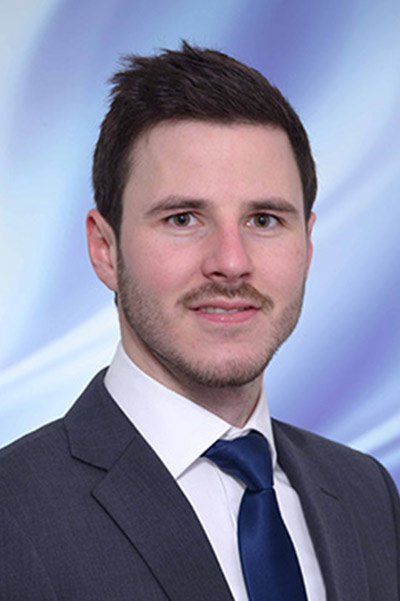Contact
Phone:
Mobile
E-Mail:
Website:
Education/Professional experience
| 2006–2011 | Höhere technische Bundeslehranstalt Zeltweg, Outpost Trieben with focus on mechanical engineering/manufacturing technology |
| 2012–2019 | Bachelor’s degree program in Metallurgy, University of Leoben, Austria (BSc) |
| 2019–2021 | Master’s degree program in Metallurgy, University of Leoben, Austria, with focus on Nonferrous Metallurgy and Forming Technology |
| 2021 | Graduation (Dipl.-Ing.) Topic: Effect of cluster formation on age hardening and forming behavior of various aluminum alloys |
| 2021–present | PhD student and research associate at Institute of Nonferrous Metallurgy, University of Leoben, Austria – CD-Laboratory for Advanced Aluminum Alloys |
PhD Thesis
Titel: Influence of cluster hardening on strength and strain hardening behavior of various aluminum alloys
The low density, wide strength spectrum and extensive application of forming and working processes are just some of the reasons why aluminum alloys are used in so many areas. In addition, minimizing energy consumption is a driving force for the use of lightweight materials such as aluminum. The ongoing conflict in the automotive industry between achieving maximum strength while maintaining high formability has led to an ever-improving understanding of the precipitation sequences of age-hardenable 6xxx and 7xxx series aluminum alloys.
Clusters form the basic building units of precipitation and age hardening. It is a local accumulation of alloying atoms with no discernible structure or order, which represents the first step of the precipitation sequence in the course of age hardening and thus characterizes the first hardening phase. The yield strength of alloys strengthened in this way is mainly controlled by the interaction between dislocations and solute atoms as well as clusters. This is the central aspect of the present work. Understanding the influence of atomic clusters is a key issue in order to more effectively control the strength as well as the formability of alloys both during their processing and during their service life.
Publications
Aster P., Dumitraschkewitz P., Uggowitzer PJ., Tunes MA., Schmid F., Stemper L. and Pogatscher P.: Unraveling the potential of Cu addition and cluster hardening in Al-Mg-Si alloys. Materialia (2024), 102188
Aster P., Dumitraschkewitz P., Uggowitzer PJ., Schmid F., Falkinger G., Strobel K., Kutlesa P., Tkadletz M. and S. Pogatscher: Strain induced clustering in Al alloys. Materialia (2023), 101964
Presentations
Aster P.: Cluster hardening in Al-Mg-Zn-(Cu) crossover alloys. 19th International conference on aluminium alloys, Atlanta, USA, 2024
Aster P.: Effect of deformation on cluster evolution in age-hardenable aluminum alloys. Light Metals Expert Meeting, Hamburg, Deutschland, 2023
Aster P.: Clustering upon deformation in age-hardenable Al-alloys. Seminar on clustering and precipitation in aluminum alloys, Orkanger, Norwegen, 2023
Aster P.: Effect of pre-aging and long-term aging on cluster hardening in Al-Mg-Si-(Cu) alloys. 18th International conference on aluminium alloys, Toyama, Japan, 2022
Aster P.: Influence of cluster hardening on strength and strain hardening behavior of various aluminum alloys, TMS – 151st Annual meeting and Exhibition supplemental proceedings, Anaheim, Kalifornien, USA, 2022
Posters
Aster P.: Effect of low temperature long-term aging on the mechanical properties of age-hardenable aluminium alloys. TMS 2024, Orlando, USA, 2024



